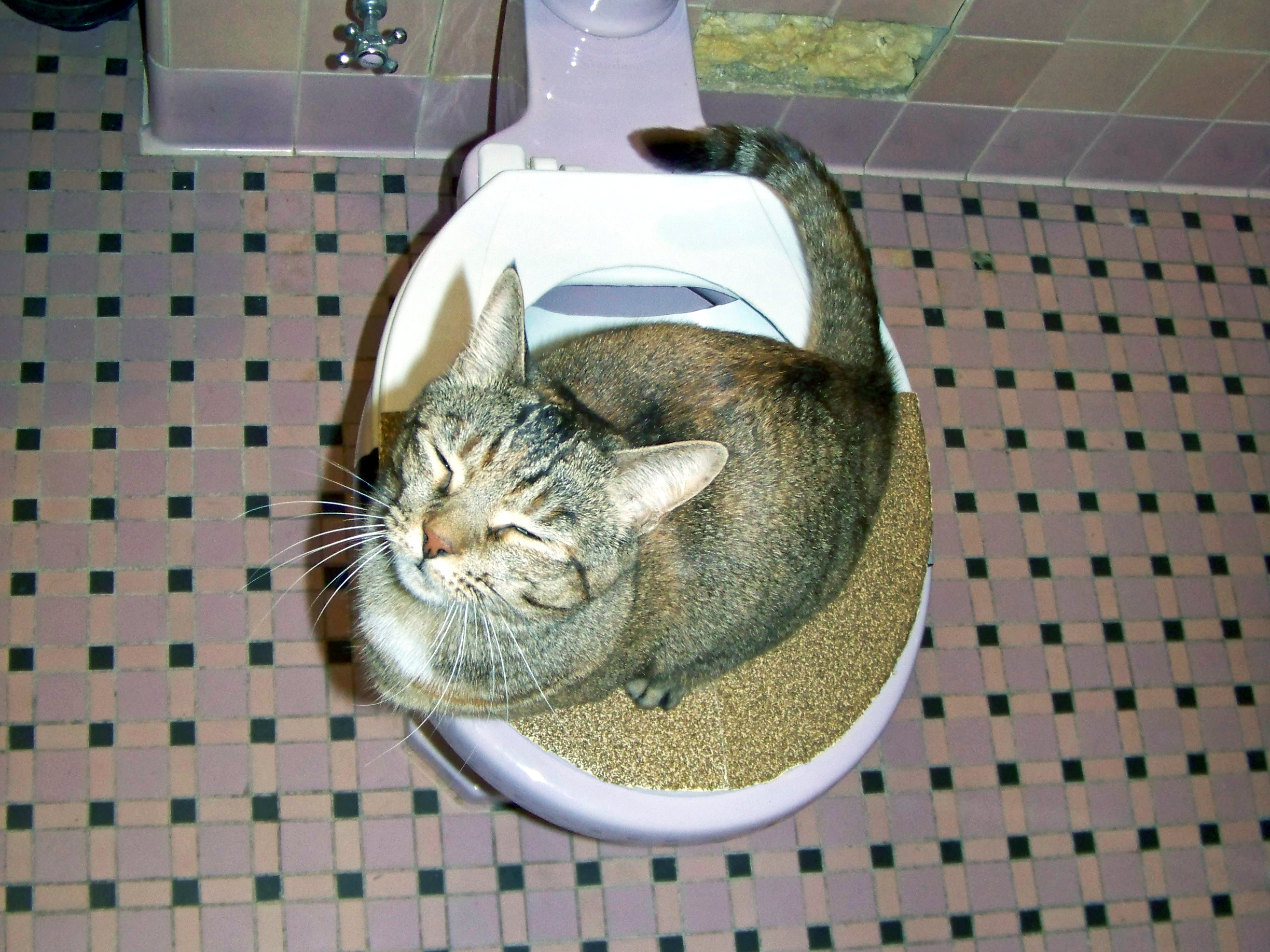Potential Issues of Flushing Cat Poop Down Your Toilet - Safeguard Your Plumbing
Potential Issues of Flushing Cat Poop Down Your Toilet - Safeguard Your Plumbing
Blog Article
They are making several good observations on the subject of How to Dispose of Cat Poop and Litter Without Plastic Bags in general in this post just below.

Intro
As feline proprietors, it's necessary to bear in mind how we dispose of our feline close friends' waste. While it may appear practical to flush cat poop down the commode, this method can have detrimental repercussions for both the atmosphere and human health and wellness.
Environmental Impact
Purging pet cat poop presents harmful microorganisms and parasites into the water supply, posturing a substantial threat to marine ecological communities. These contaminants can negatively affect aquatic life and concession water quality.
Health Risks
Along with ecological worries, purging feline waste can additionally present wellness threats to humans. Feline feces might include Toxoplasma gondii, a bloodsucker that can trigger toxoplasmosis-- a potentially serious health problem, specifically for expectant females and people with damaged body immune systems.
Alternatives to Flushing
Thankfully, there are safer and a lot more liable means to throw away pet cat poop. Take into consideration the complying with choices:
1. Scoop and Dispose in Trash
One of the most typical approach of dealing with pet cat poop is to scoop it into a naturally degradable bag and toss it in the garbage. Make sure to use a dedicated trash inside story and dispose of the waste without delay.
2. Usage Biodegradable Litter
Select eco-friendly cat litter made from materials such as corn or wheat. These clutters are environmentally friendly and can be safely disposed of in the trash.
3. Bury in the Yard
If you have a lawn, consider burying cat waste in an assigned area far from veggie gardens and water resources. Be sure to dig deep sufficient to prevent contamination of groundwater.
4. Mount a Pet Waste Disposal System
Invest in a family pet garbage disposal system especially created for cat waste. These systems use enzymes to break down the waste, reducing smell and environmental effect.
Verdict
Liable pet possession extends beyond supplying food and sanctuary-- it additionally includes proper waste administration. By refraining from flushing cat poop down the commode and choosing alternate disposal approaches, we can minimize our environmental footprint and protect human wellness.
Why Can’t I Flush Cat Poop?
It Spreads a Parasite
Cats are frequently infected with a parasite called toxoplasma gondii. The parasite causes an infection called toxoplasmosis. It is usually harmless to cats. The parasite only uses cat poop as a host for its eggs. Otherwise, the cat’s immune system usually keeps the infection at low enough levels to maintain its own health. But it does not stop the develop of eggs. These eggs are tiny and surprisingly tough. They may survive for a year before they begin to grow. But that’s the problem.
Our wastewater system is not designed to deal with toxoplasmosis eggs. Instead, most eggs will flush from your toilet into sewers and wastewater management plants. After the sewage is treated for many other harmful things in it, it is typically released into local rivers, lakes, or oceans. Here, the toxoplasmosis eggs can find new hosts, including starfish, crabs, otters, and many other wildlife. For many, this is a significant risk to their health. Toxoplasmosis can also end up infecting water sources that are important for agriculture, which means our deer, pigs, and sheep can get infected too.
Is There Risk to Humans?
There can be a risk to human life from flushing cat poop down the toilet. If you do so, the parasites from your cat’s poop can end up in shellfish, game animals, or livestock. If this meat is then served raw or undercooked, the people who eat it can get sick.
In fact, according to the CDC, 40 million people in the United States are infected with toxoplasma gondii. They get it from exposure to infected seafood, or from some kind of cat poop contamination, like drinking from a stream that is contaminated or touching anything that has come into contact with cat poop. That includes just cleaning a cat litter box.
Most people who get infected with these parasites will not develop any symptoms. However, for pregnant women or for those with compromised immune systems, the parasite can cause severe health problems.
How to Handle Cat Poop
The best way to handle cat poop is actually to clean the box more often. The eggs that the parasite sheds will not become active until one to five days after the cat poops. That means that if you clean daily, you’re much less likely to come into direct contact with infectious eggs.
That said, always dispose of cat poop in the garbage and not down the toilet. Wash your hands before and after you clean the litter box, and bring the bag of poop right outside to your garbage bins.
https://trenchlesssolutionsusa.com/why-cant-i-flush-cat-poop/

We had been shown that report on How to Dispose of Cat Poop and Litter Without Plastic Bags through an acquaintance on our other domain. I beg you take a moment to promote this blog posting if you appreciated it. We treasure reading our article about Don’t flush cat feces down the toilet.
Call Today Report this page